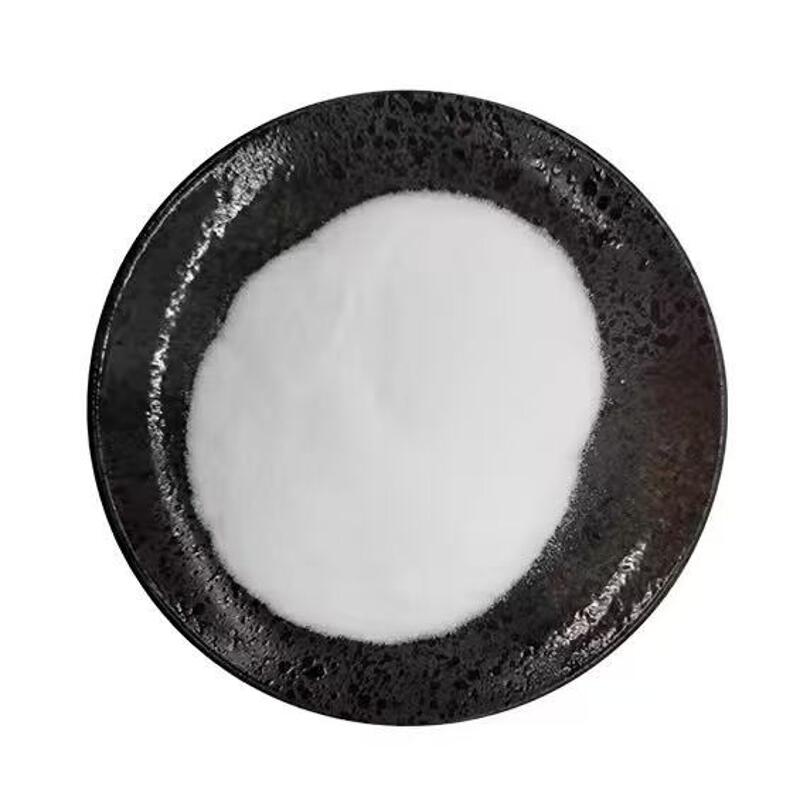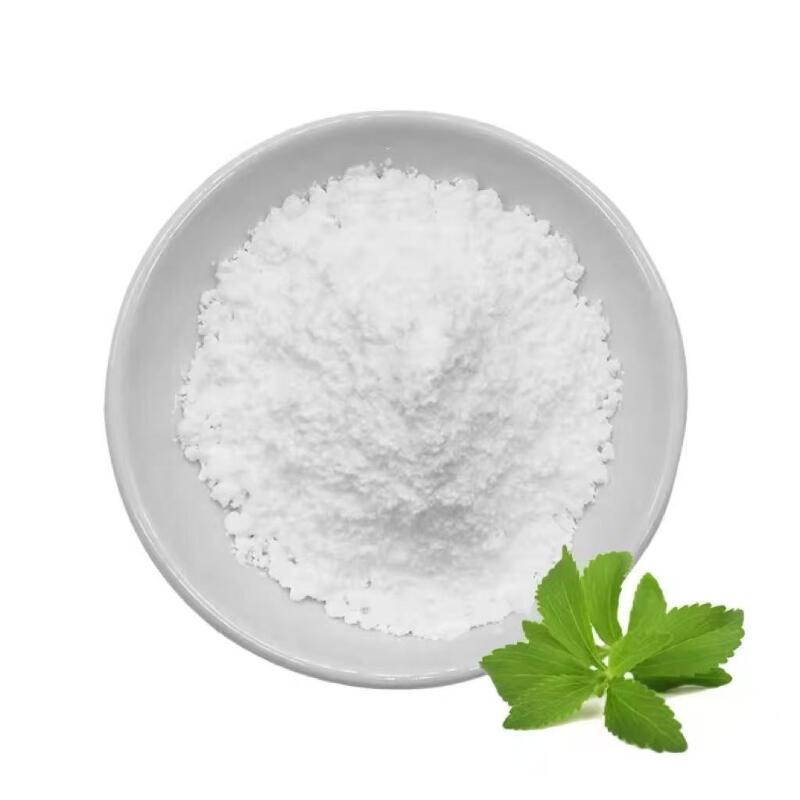-
Categories
-
Pharmaceutical Intermediates
-
Active Pharmaceutical Ingredients
-
Food Additives
- Industrial Coatings
- Agrochemicals
- Dyes and Pigments
- Surfactant
- Flavors and Fragrances
- Chemical Reagents
- Catalyst and Auxiliary
- Natural Products
- Inorganic Chemistry
-
Organic Chemistry
-
Biochemical Engineering
- Analytical Chemistry
-
Cosmetic Ingredient
- Water Treatment Chemical
-
Pharmaceutical Intermediates
Promotion
ECHEMI Mall
Wholesale
Weekly Price
Exhibition
News
-
Trade Service
.
Xiangyin grapes originate from Japan.
Its taste is crisp, sweet and seedless.
Its fruity aroma is rich with rose aroma, and its appearance is emerald green and full, which is impressive
.
The Xiangyin grapes produced in Okayama Prefecture, Japan are planted in bunches, and the local sunshine time is long, so the glucose content is very high
.
The Haruo grape in Okayama Prefecture, Japan has applied for a geographical indication trademark , so only the xiangyin grape grown in Okayama Prefecture can be called “Haruo”
.
In the past two years, a large number of Xiangyin Qingqing has also emerged on the domestic market, all of which are grown domestically and are usually called Sunshine Rose Grapes
.
However, due to the differences in climate and geographical environment, coupled with the uneven planting technology and management, the taste of domestic Sunshine rose grapes fluctuates to a certain extent, and the quality is also uneven
.
At present, a batch of new grape varieties with Japanese fragrance grape genes have settled in Australia, took root, and are expected to be mass-produced and exported to China next year
.
.
However, due to the differences in climate and geographical environment, coupled with the uneven planting technology and management, the taste of domestic Sunshine rose grapes fluctuates to a certain extent, and the quality is also uneven
.
At present, a batch of new grape varieties with Japanese fragrance grape genes have settled in Australia, took root, and are expected to be mass-produced and exported to China next year
.
According to David, the person in charge of Royal Grapes Pty Ltd, the company has invested in planting seven Japanese patented grape varieties two years ago
.
The seven patented varieties belong to the Australian company AATI Holding Pty Ltd.
The company successfully introduced seven varieties of grapes from Japan and owns the patent rights
.
All these varieties have been successfully tested in the nursery after undergoing strict inspection and quarantine in Australia
.
Five of them are red grapes, and the other two are blue grapes
.
All these varieties of grapes have at least 50% or more of the Japanese Kaoji grape genes.
After being crossed with other excellent Japanese varieties, they have a better taste and appearance size
.
The project of AATI's investment in patented grape varieties took up to 7 years.
Among them, the quarantine time for the introduction of new varieties must be more than 18 months.
After the seedlings are approved, it will take about two years to cultivate.
Therefore, the entire The investment cycle is very long
.
.
The seven patented varieties belong to the Australian company AATI Holding Pty Ltd.
The company successfully introduced seven varieties of grapes from Japan and owns the patent rights
.
All these varieties have been successfully tested in the nursery after undergoing strict inspection and quarantine in Australia
.
Five of them are red grapes, and the other two are blue grapes
.
All these varieties of grapes have at least 50% or more of the Japanese Kaoji grape genes.
After being crossed with other excellent Japanese varieties, they have a better taste and appearance size
.
The project of AATI's investment in patented grape varieties took up to 7 years.
Among them, the quarantine time for the introduction of new varieties must be more than 18 months.
After the seedlings are approved, it will take about two years to cultivate.
Therefore, the entire The investment cycle is very long
.
Royal Grapes Pty Ltd is a grape grower in Victoria, Australia, and the first company in Australia to obtain the right to grow these Japanese varieties of grapes in Australia
.
Traditionally, Australia has always grown grapes from European and American varieties, but Asian varieties have not received enough attention in the local area
.
David told International Fruit and Vegetable Reports that the Japanese grape varieties planted by the company plan to be marketed in a small amount in March next year, and the number of listings will increase steadily every year thereafter.
It is expected that 2025 will enter a high-yield period
.
For these new varieties of Japanese grapes, David is very confident in the future sales.
He believes that these grape varieties with excellent genes are more likely to be favored by Asian consumers
.
The main target markets for these varieties are China, Vietnam, Thailand, South Korea, Singapore and Malaysia
.
The company plans to classify and package according to the actual situation of buyers in each country
.
The grape supply period can last from the end of January to April each year
.
.
Traditionally, Australia has always grown grapes from European and American varieties, but Asian varieties have not received enough attention in the local area
.
David told International Fruit and Vegetable Reports that the Japanese grape varieties planted by the company plan to be marketed in a small amount in March next year, and the number of listings will increase steadily every year thereafter.
It is expected that 2025 will enter a high-yield period
.
For these new varieties of Japanese grapes, David is very confident in the future sales.
He believes that these grape varieties with excellent genes are more likely to be favored by Asian consumers
.
The main target markets for these varieties are China, Vietnam, Thailand, South Korea, Singapore and Malaysia
.
The company plans to classify and package according to the actual situation of buyers in each country
.
The grape supply period can last from the end of January to April each year
.
It is particularly worth mentioning that these new varieties of grapes that will be on the market have not yet been launched on a large scale in any country
.
When AATI introduced these varieties with Japanese Fragrant Grape genes, they also evaluated consumer preferences and believed that they were more suitable for the Asian market's requirements for sweet but not greasy fruits
.
One of the varieties, YUHOU (tentatively named "" in Chinese), has better specifications than Japanese Xiangyin grapes, and has a better fragrance.
It is expected to replace Xiangyin grapes in the future and come from behind
.
According to the information provided by the variety patent company AATI, among the seven introduced grape varieties, the red grape variety was the first to be marketed at the end of January, while the two green grape varieties were launched at the end of February
.
Considering that these grapes have fully adapted to the local climate conditions in Australia, AATI plans to authorize other Australian grape growers to start planting in 2022
.
.
When AATI introduced these varieties with Japanese Fragrant Grape genes, they also evaluated consumer preferences and believed that they were more suitable for the Asian market's requirements for sweet but not greasy fruits
.
One of the varieties, YUHOU (tentatively named "" in Chinese), has better specifications than Japanese Xiangyin grapes, and has a better fragrance.
It is expected to replace Xiangyin grapes in the future and come from behind
.
According to the information provided by the variety patent company AATI, among the seven introduced grape varieties, the red grape variety was the first to be marketed at the end of January, while the two green grape varieties were launched at the end of February
.
Considering that these grapes have fully adapted to the local climate conditions in Australia, AATI plans to authorize other Australian grape growers to start planting in 2022
.







